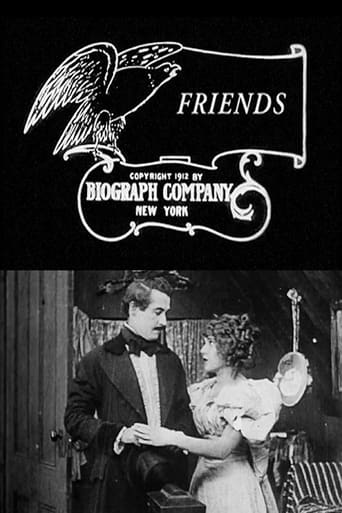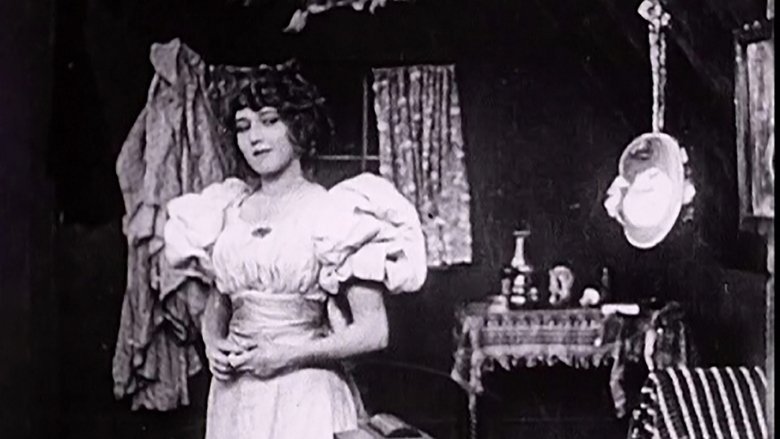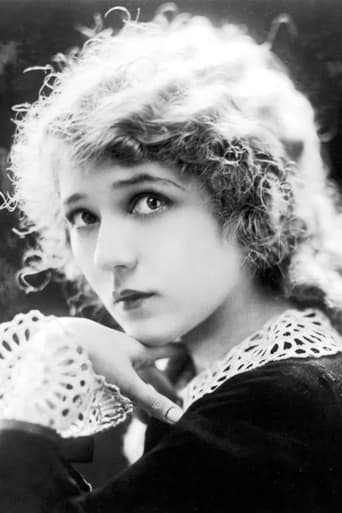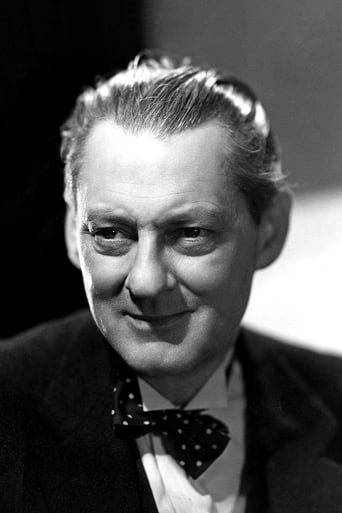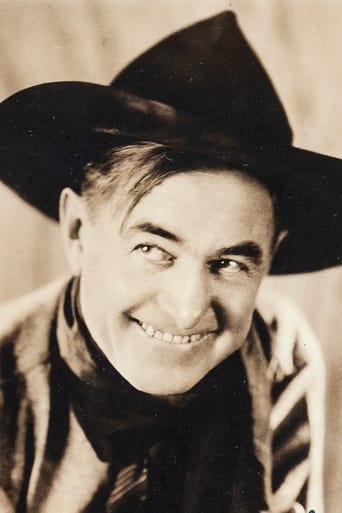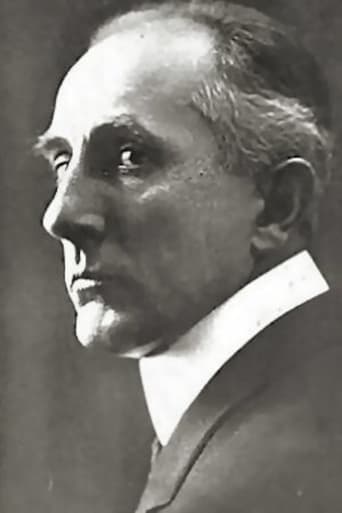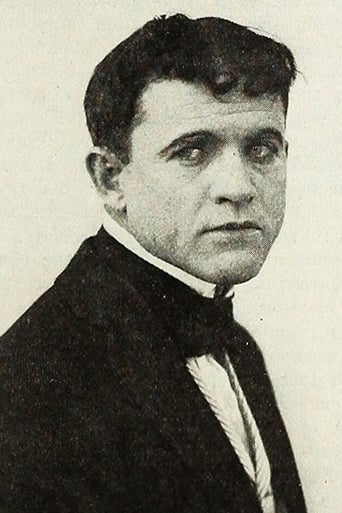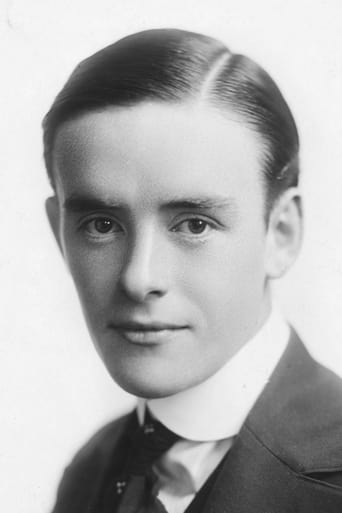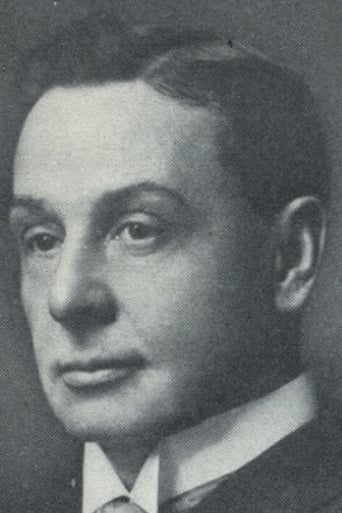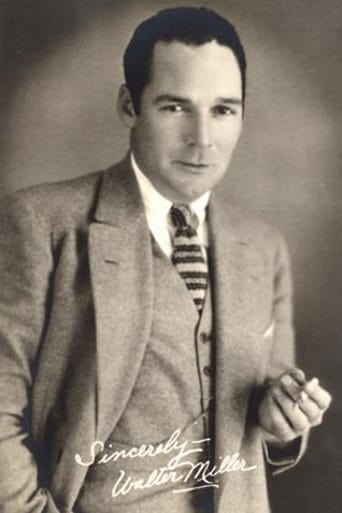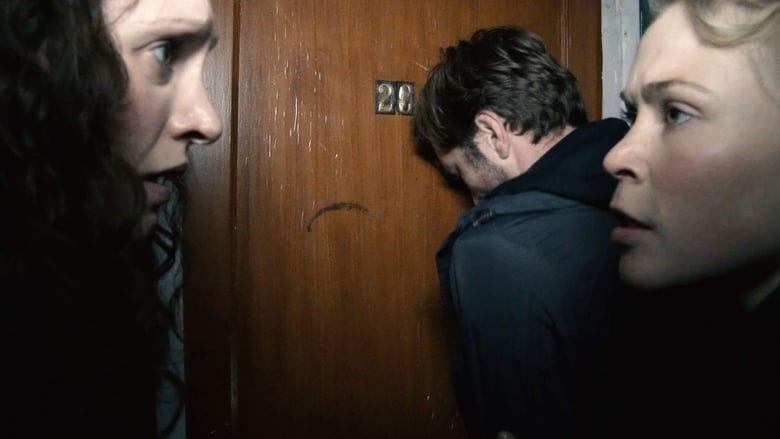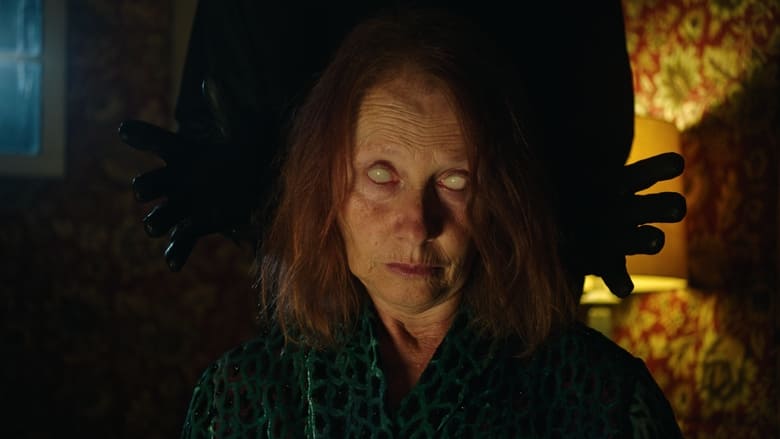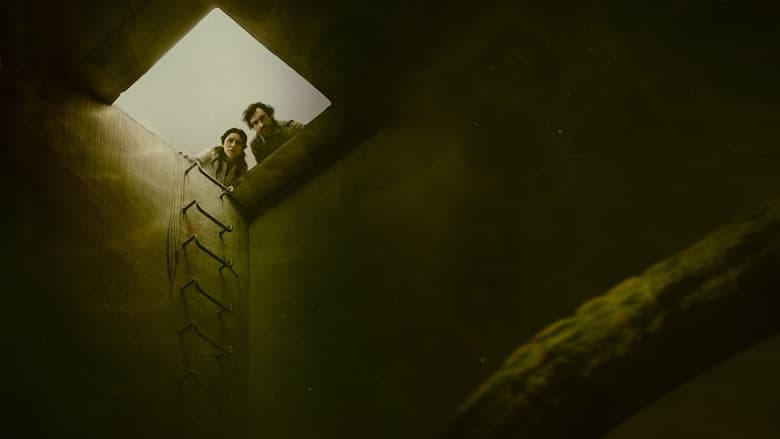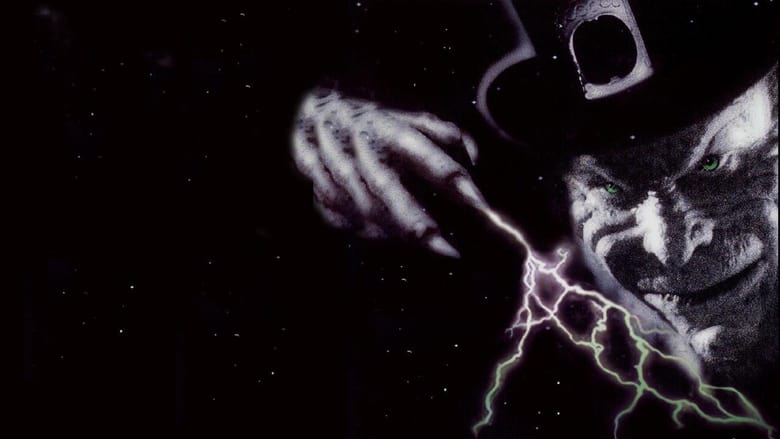The orphan Dora is courted by two different gold miners.


Similar titles
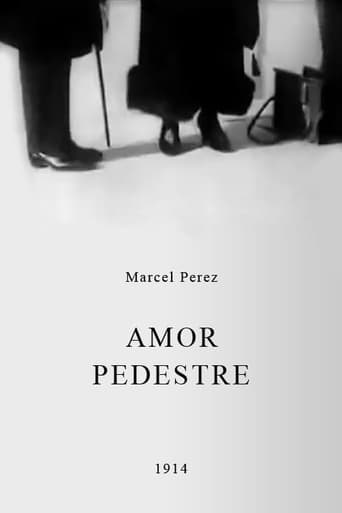
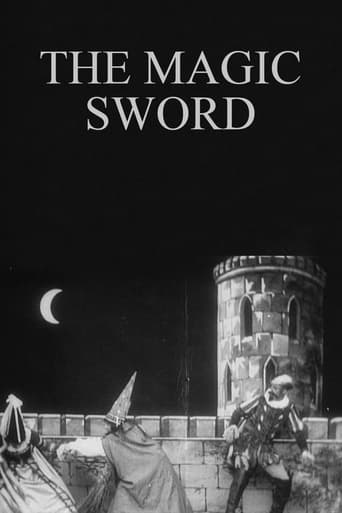
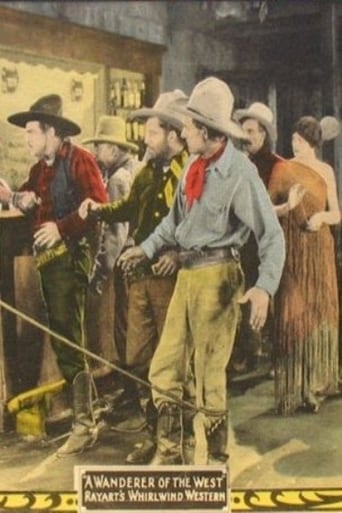

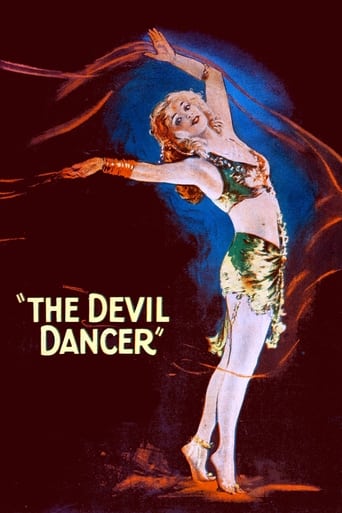
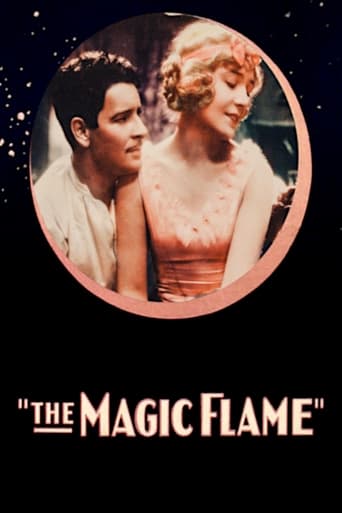
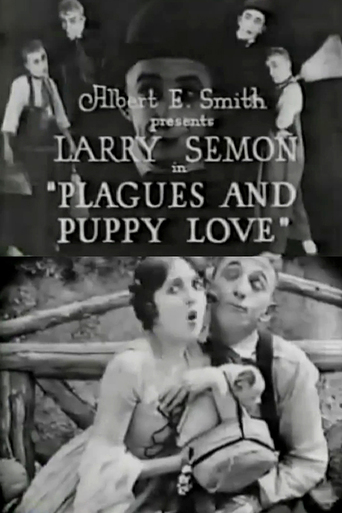
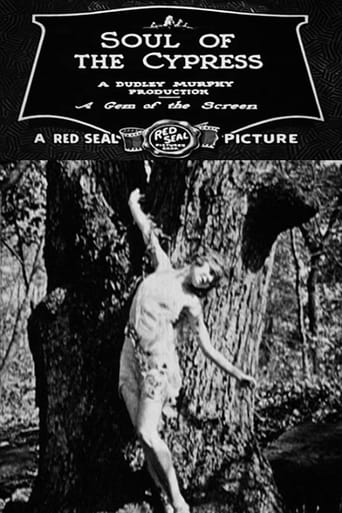
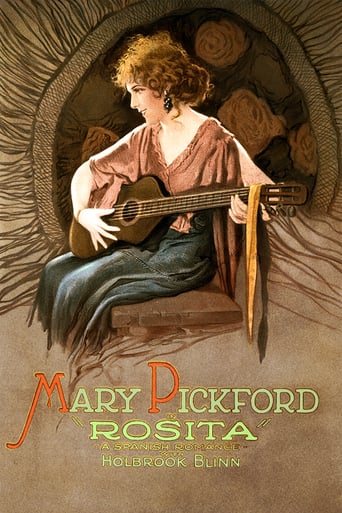
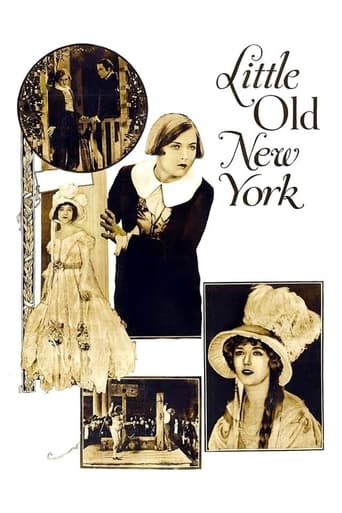
Reviews
DW Griffith made a fair few westerns, and most of them fit into the genre conventions of the time tales of adventure and exploration (with the hero often an easterner) which would later give way to the pioneer wagon pictures of the 1920s. Friends however is a small-canvas romance in the same vein as many of Griffith's contemporary pictures of 1912.For whatever reason, Friends sees Griffith in experimental mode, trying out several new techniques and styles, some of which he would never really explore again. First, there is his cutting between long-shots and mid-shots. In the saloon bar, he several times cuts from Mary Pickford in the background on the staircase, with the barflies lounging all over the foreground, to a mid-shot framing her on her own. This technique creates two very different spaces on the same set. This isn't the first time Griffith had done this, but it's certainly one of the most effective examples from this era. The camera is beginning to be freed up, and we are moving towards what would later become normal coverage and editing patterns.It's often been pointed out that Griffith never used point-of-view shots, but here he does come close. While it's true he never actually showed a shot of action from another character's perspective, those close-ups of the photograph in Friends are at least a shot of an object from the point-of-view of a character. Now, arguably such a shot is just a variation on the title card, just as when we see a detail of a letter, but Griffith does at least literalise it, including the hand in the frame and thus making it clear that the audience sees it as the character does.This is also probably Griffith's most extensive use of title cards being character's spoken words, and inserted into the middle of scenes, as oppose to the usual explanatory title cards at the beginning of each scene. Griffith would use "speech" titles a lot more in his features, but they were never the majority. It is possible though that the original titles are lost, and Friends was later restored with new titles, which I believe is the case with some of the Biograph shorts.A pretty distinguished cast is lined up here. Mary Pickford was by now instated as Griffith's primary leading lady, after having spent an unusually long time hovering in the background in supporting roles. She proves herself perfect for the subtle, naturalistic approach that was by now the hallmark of Griffith dramas. Pickford is ably supported by Henry Walthall and Lionel Barrymore. Considering his later status and "type" it's odd seeing Barrymore so frequently playing these unkempt rakish figures in his days at Biograph.By the way, Mary Pickford once claimed that a shot of her in Friends was the first ever close-up, and this was repeated as true in Robert Windeler's biography of her. However, a glance over Biograph shorts from as early as 1910 prove this is not the case.
Friends (1912) *** (out of 4) D.W. Griffith film about a gold digger (Mary Pickford) who goes after two men (Henry B. Walthall, Lionel Barrymore) not knowing they are friends. Griffith does a great job at building up the ending, although there's a little too much sugar on it for the film to really work but then again, you come to expect this out of the director. Pickford is downright delightful as the woman after gold while Walthall and Barrymore are great as usual. Harry Carey has a small role.Available on DVD through Kino.
This isn't one of the better silent shorts directed by D. W. Griffith for Biograph Studios. While it isn't overacted or sloppy, the script seems to be awfully simplistic and also seems to be missing something--and it seems to be conflict.Mary is in love with a local man, but the man breaks off their relationship to go looking for money and adventure up North. So, naturally, she sees other guys and falls for Barrymore. When the old sweetheart later returns, he finds that she is in love with a new guy and this new guy is also his friend,...so he does the right thing and bows out of the picture. THAT'S IT! Not a lot to this 13 minute flick.
The fine cast is what makes this simple drama of romantic relationships worth seeing. Mary Pickford, Lionel Barrymore, and Harry Carey (looking quite young and skinny) would make any movie worth seeing, but here it is actually Henry B. Walthall who grabs the spotlight with a charismatic and interesting performance.The story has Pickford as an orphan, now a young woman, who has grown up as the darling of a gold mining town. As her beau, Walthall has a role a little less one-dimensional than many of his roles from the era. As his character's name implies, Dandy Jack is an attention-getting, slightly self-absorbed figure. Walthall fleshes out the character quite well, making him much more than a mere caricature of the type, solely through small gestures and expressions.The rest of the fine cast also does well. There's actually very little to the story, and so the characters really have to carry the movie, along with a slight boost from the setting in and around mining settlements, which is interesting but not particularly detailed.
